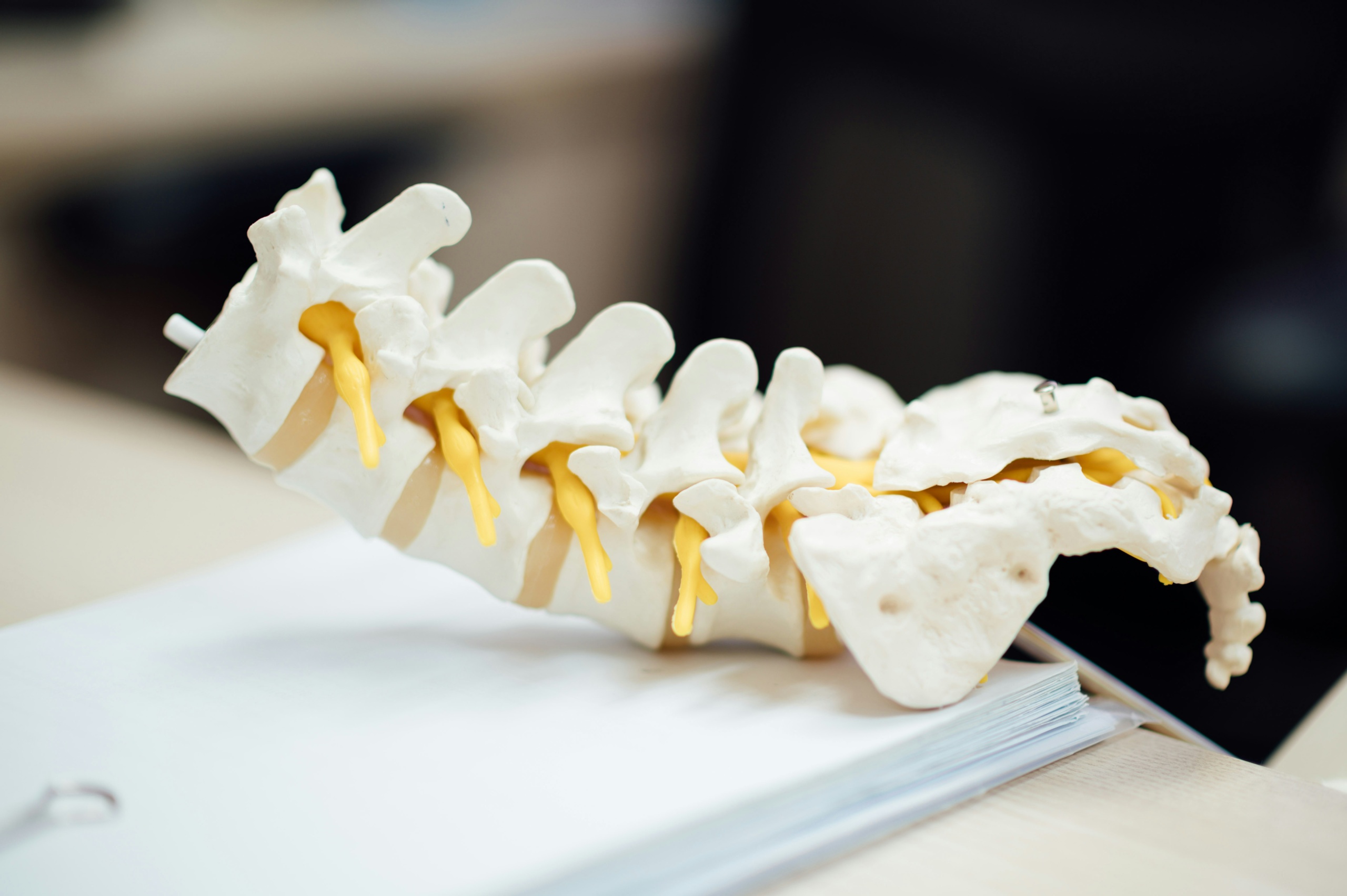Sacroiliitis is a medical condition characterized by inflammation in one or both of the sacroiliac joints where the lower spine and pelvis connect. This inflammation can cause significant pain in the lower back and is often challenging to diagnose because its symptoms closely mimic those of other common back-related disorders. Individuals suffering from sacroiliitis may experience discomfort that is exacerbated by prolonged standing, climbing stairs, or even while resting or sleeping.
The complexity of diagnosing sacroiliitis stems from its symptoms’ similarity to those of various other conditions affecting the lower back. For those who suspect they might be suffering from this condition, a detailed discussion with a spine specialist is crucial. Correctly identifying sacroiliitis is essential for effective treatment, as the pain and discomfort associated with it can severely impact daily activities and overall quality of life.
Symptoms of Sacroiliitis
The symptoms of sacroiliitis vary widely but commonly include:
- Pain in the lower back, buttocks, hips, or legs, which may intensify with activities such as running, climbing stairs, or taking long strides.
- Stiffness in the lower back and hips, particularly noticeable in the morning or after sitting for extended periods.
- Increased pain after prolonged sitting or during night-time movements, such as rolling over in bed.
These symptoms can disrupt normal daily functions and significantly reduce the quality of life, necessitating effective management strategies.
Causes of Sacroiliitis
Sacroiliitis can stem from various sources, including:
- Traumatic injury, such as impacts experienced in automobile accidents or falls, which directly affect the back or hips.
- Arthritis, with osteoarthritis contributing to degenerative changes that inflame the sacroiliac joints. Other forms of arthritis, like rheumatoid arthritis, can also lead to inflammation in the pelvic region.
- Pregnancy, which places additional stress on the sacroiliac joints due to the widening and stretching of the pelvis.
- Infections, though rare, can directly infect the sacroiliac joints and cause severe pain and inflammation.
Understanding the underlying cause of sacroiliitis is pivotal in designing an effective treatment plan.
Diagnosing Sacroiliitis
Diagnosis typically begins with a physical examination where a physician may apply pressure to various areas of the hips and buttocks to identify pain points. Movement tests that stress the sacroiliac joints can also help pinpoint the source of discomfort. Imaging tests such as X-rays or MRIs are often employed to view any damage within the sacroiliac joints. In some cases, diagnostic injections that numb the affected area might be used to confirm sacroiliitis if the pain temporarily subsides post-injection.
Treatment Options for Sacroiliitis
The treatment for sacroiliitis usually involves non-surgical, conservative methods aimed at restoring normal joint motion and reducing pain. These may include:
- Medications such as pain relievers or anti-inflammatory drugs to manage pain and reduce swelling.
- Cold therapy using ice packs applied in short intervals to decrease inflammation.
- Rest to allow the inflamed area to heal, followed by a gradual reintroduction to normal activities.
- Physical therapy or chiropractic care, employing techniques suited to the individual’s specific condition to aid recovery and relieve pain.
Integrating In-Home Care
For individuals struggling with mobility due to sacroiliitis, in-home care can be instrumental in managing the condition effectively. In-home caregivers can assist with daily tasks, help administer medications, and support the patient in performing prescribed physical therapy exercises. This support is crucial not only for the physical health of the patient but also for their mental well-being.
The Importance of Mental Health Therapy
Chronic pain conditions like sacroiliitis often lead to psychological distress, including depression and anxiety. Integrating mental health therapy into the treatment plan can provide significant benefits. Therapies such as cognitive-behavioral therapy (CBT) for pain management, depression therapy, and other relevant psychological interventions can help patients develop coping strategies to manage both the physical and emotional aspects of living with chronic pain.
Comprehensive Care for Chronic Back Pain: A Path Forward



